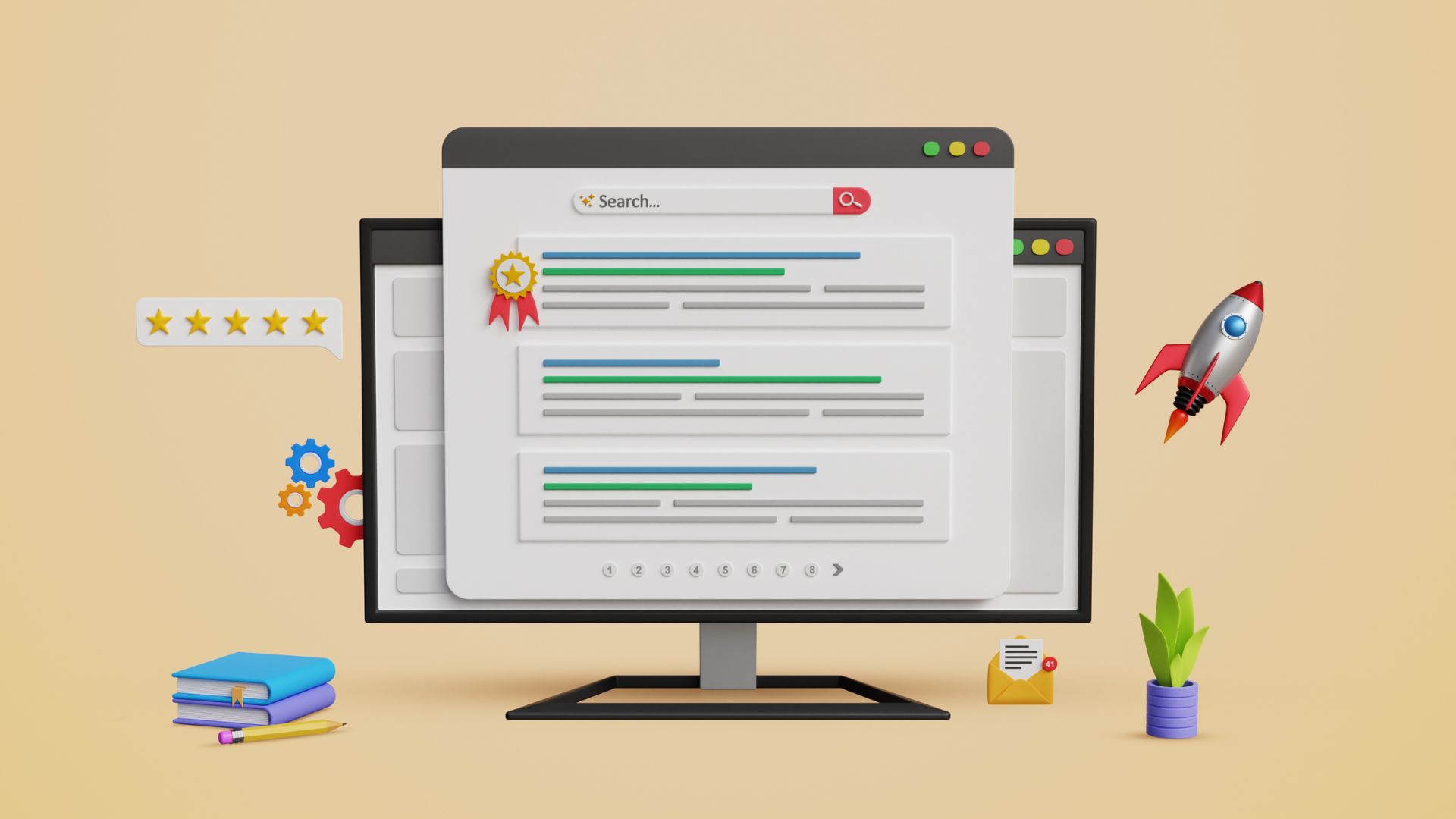As a recruiter, you're constantly striving to balance quality hires with budget constraints. One crucial metric that can help you achieve this balance is cost per hire.
Understanding and optimising this figure is essential for streamlining your recruitment process and maximising your return on investment. In this article, we'll delve into the importance of recruitment cost, explore how to accurately measure it, and provide actionable strategies to optimise your hiring costs. By mastering this metric, you'll be better equipped to make informed decisions, allocate resources effectively, and demonstrate the value of your recruitment efforts to stakeholders.
Cost per hire is a crucial recruiting metric that measures the expenses related to hiring new employees. This metric provides valuable insights into the efficiency and effectiveness of your recruitment process, helping you make informed decisions about your hiring strategies.
To determine your recruitment cost, you need to consider both internal and external recruitment costs. These expenses may include:
Once you've tallied these expenses, divide the total by the number of hires made during the same period. This calculation gives you the average amount your company spends on attracting and recruiting a new employee.
Understanding your hiring cost is essential for several reasons:
By focusing on reducing your cost per hire, you can significantly improve your overall recruitment efficiency.
Tracking cost per hire is crucial for allocating your recruitment budget effectively. By understanding the expenses associated with each new hire, you can make informed decisions about where to invest your resources. This metric helps identify which recruitment channels yield the best return on investment, allowing you to optimise your spending and reduce unnecessary expenses in the recruitment process.
Cost per hire provides clarity on the effectiveness of your talent acquisition strategy. It allows you to assess whether your current approach is delivering value for money. By analysing this metric, you can identify trends, benchmark your performance against industry standards, and make data-driven adjustments to your hiring practices as needed.
This metric highlights inefficiencies in the hiring process, enabling you to streamline your recruitment efforts. By breaking down the cost per hire into its components, you can pinpoint areas where time and resources are being wasted. For instance, leveraging AI-powered recruitment tools can lead to a 75% decrease in screening costs and an 80% increase in hiring speed, demonstrating the potential for significant improvements in efficiency.
To determine your cost per hire, you'll need to use the following formula: (Internal Recruiting Costs + External Recruiting Costs) / Total number of hires. This calculation provides a clear picture of your average recruitment expenditure per new employee. This metric helps track hiring costs and compare changes over time, enabling you to make informed decisions about your recruitment strategy.
Internal costs encompass expenses directly related to your in-house recruitment efforts. These may include salaries for your recruitment team, time spent by hiring managers, and costs associated with training and development for your recruiting staff. ther internal costs to consider are sourcing expenses and compliance costs. By meticulously tracking these expenses, you'll gain a more accurate understanding of your true cost per hire.
External costs cover all third-party expenses incurred during the hiring process. These typically include fees for job board postings, recruitment agencies, assessment tools, and background checks. dditional external costs may involve recruitment marketing, relocation fees, and expenses related to recruitment events. By comprehensively gathering both internal and external costs, you'll be able to calculate an accurate cost per hire, providing valuable insights into your recruitment efficiency and areas for potential optimisation.
To optimise your cost per hire, focus on streamlining your recruitment process. Leveraging AI-powered recruitment tools can significantly reduce time-to-fill by 25-30% and lower cost per hire. Implement applicant tracking systems and automated candidate screening to enhance efficiency without compromising quality.
Prioritise quality over quantity in your hiring approach. Develop a strong employer brand to reduce cost-per-hire by up to 50%. This attracts higher-quality applicants and improves employee retention, ultimately reducing long-term recruitment costs.
Utilise digital marketing and social media to expand your talent pool cost-effectively. Craft engaging content that aligns with your employer brand and showcases company culture. This approach not only attracts qualified applicants but also creates a robust talent community for employee referrals.
By implementing these strategies, you can significantly optimise your cost per hire while maintaining a high-quality recruitment process. Remember, the goal is to balance efficiency with effectiveness in your hiring practices.
To streamline your recruitment process, consider implementing applicant tracking systems and automated candidate screening tools. These AI-powered solutions can significantly reduce time-to-fill by 25-30% and lower cost per hire, enhancing efficiency without compromising quality. Additionally, prioritize quality over quantity in your hiring approach by focusing on attracting and retaining top talent.
Employee referrals can be a cost-effective and reliable source of high-quality candidates. Encourage your employees to refer potential candidates by offering incentives and fostering a strong company culture. Referrals often have a better understanding of the company's values and requirements, leading to a higher likelihood of successful hires and reduced turnover rates.
Developing a strong employer brand is crucial for attracting top talent and reducing recruitment costs. A compelling employer brand can lower your cost per hire by up to 50%. Focus on showcasing your company's values, culture, and employee experiences through engaging content and social media presence. This not only attracts qualified applicants but also enhances employee retention and advocacy.
Leverage digital marketing and social media platforms to expand your talent pool cost-effectively. Craft engaging content that aligns with your employer brand and showcases your company culture. This approach not only attracts qualified applicants but also creates a robust talent community for employee referrals. Additionally, consider implementing recruitment marketing automation tools to streamline your efforts and reach a wider audience efficiently.
To accurately assess the effectiveness of your recruitment strategies, it's essential to compare your cost per hire against industry-specific benchmarks. Conduct thorough research to understand the average cost per hire in your industry and for specific roles. This data can provide valuable insights into areas where you may need to optimize your recruitment processes or allocate resources more effectively.
Understanding industry averages is crucial when benchmarking your cost per hire. According to the Society for Human Resource Management, the average cost per hire in 2024 is $4,700. This figure provides a valuable reference point for organisations to assess their recruitment efficiency. However, it's important to note that this can vary significantly based on factors such as company size, industry, and role complexity.
Monitoring your cost per hire over time is essential for identifying trends and optimising your recruitment strategy. In 2022, the national average cost per hire was $2,700, indicating a substantial increase in recruitment costs over the past two years. This upward trend underscores the importance of regular tracking and analysis to ensure your hiring processes remain cost-effective.
To optimise your cost per hire, consider implementing these strategies:
By benchmarking against industry averages, tracking your metrics over time, and implementing cost-effective strategies, you can significantly improve your cost per hire and overall recruitment efficiency.
Cost per hire is a crucial recruitment metric that measures the total expenditure associated with filling a vacant position. This includes expenses such as advertising, interviewing, screening, and onboarding a new employee. According to recent data, the average cost per hire in the US is $4,129, though this figure can vary significantly based on industry and company size.
Tracking cost per hire is essential for organisations looking to optimise their recruitment budgets and identify inefficiencies in the hiring process. By analysing this metric, companies can make more informed decisions about their talent acquisition strategies and allocate resources more effectively. Additionally, understanding your cost per hire can help benchmark your recruitment efforts against industry standards.
To calculate cost per hire, sum up all internal and external recruitment expenses for a given period and divide by the total number of hires made during that time. Internal costs may include recruiter salaries and employee referral bonuses, while external costs could encompass job board fees and assessment tools. It's crucial to establish clear guidelines for what costs should be included in your calculation to ensure consistency and accuracy.
To reduce your cost per hire, consider implementing the following strategies:
By implementing these tactics, you can significantly optimise your hiring costs while maintaining a high-quality recruitment process.
In conclusion, understanding and optimising your cost per hire is crucial for recruiters aiming to streamline their hiring processes and maximise ROI. By accurately measuring this metric and implementing targeted strategies to reduce costs, you can significantly improve your recruitment efficiency. Remember to balance cost-cutting measures with maintaining quality hires, as the true value lies in finding the right talent for your organisation. Regularly review and adjust your recruitment strategies, leveraging technology and data-driven insights to stay competitive in today's dynamic job market. By focusing on cost per hire, you'll be well-positioned to make informed decisions and drive long-term success in your talent acquisition efforts.

In Singapore’s job market, portals offer fast access while agencies provide tailored matchmaking.
Read more
Retail in SG is rising! Wage growth & skills training create new career paths. Explore jobs with FastJobs.sg.
Read more
Hiring faster starts here—Job Bump boosts your listing by 30%+ without needing a repost.
Read more